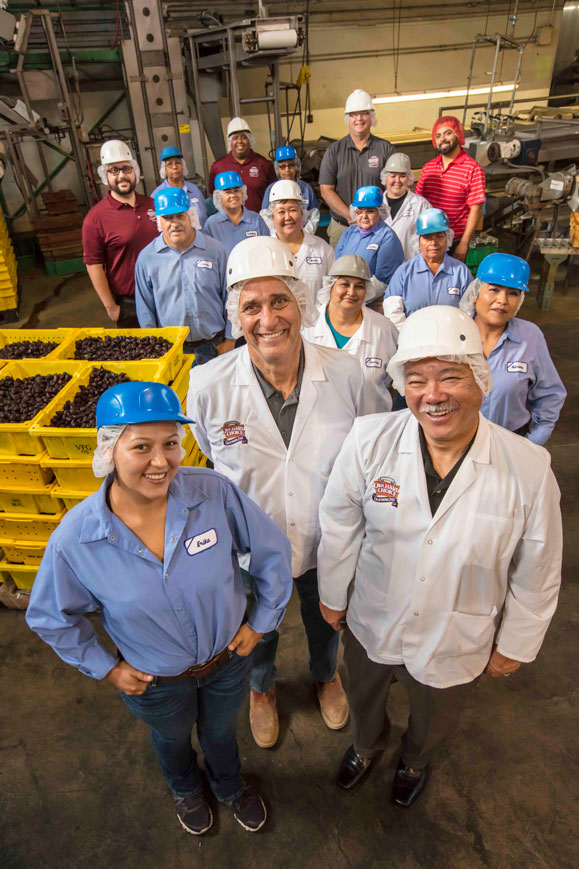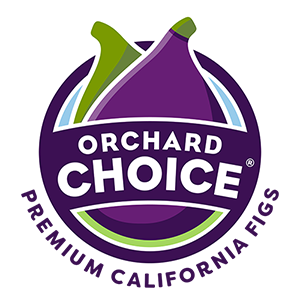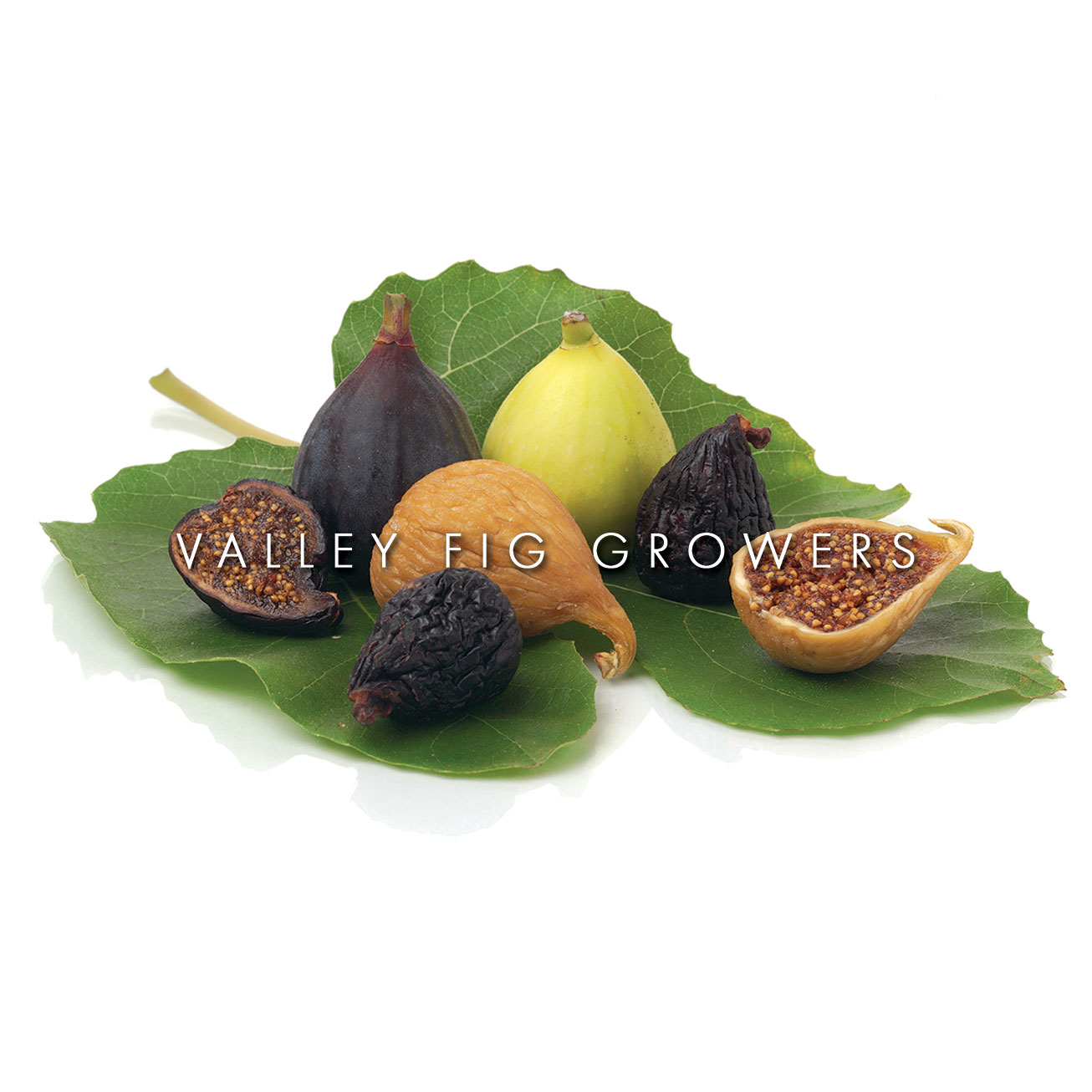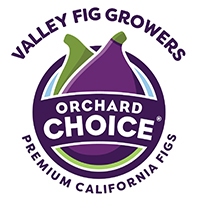Growing & Processing
The soil and climate in the San Joaquin Valley are ideal for growing figs. Figs thrive in the Valley’s hot, dry summer sun and rest in the cool, wet winters of the Central Valley of California
New plantings of fig trees reach bearing age at 5-7 years. Fig trees have tremendous longevity; some trees planted at the onset of California’s commercial fig production are still actively bearing fruit today, over 100 years later.
Most of the activity in the orchards begins in May as the fruit appears on the tree and culminates in October when the final “picking” of the dried fruit is completed. For Valley Fig Growers however, fig production is a year-round business. We are continually preparing the soil, monitoring irrigation and pruning the trees for maximum yields from their orchards.
Unlike other tree fruits or nuts, fig trees have no blossoms on their branches; the flowers are inverted and actually develop inside the fruit. These many tiny flowers produce the crunchy little seeds which give figs their unique texture.

Growing Figs
California Figs have two harvest seasons. The first crop, minor in production, matures in late June and is typically used for fresh figs. This dried fig has a longer stem and is used almost exclusively for fig paste. The second crop ripens later in the summer with the other fig varieties and produces upwards of 90% of the total crop




Processing
The California Fig Industry requires that all incoming deliveries be 100% sampled, i.e. a sample is drawn from each bin to determine if the fruit meets all incoming standards established by the State of California Marketing Order for dried figs.
Only when a grower’s delivery meets the incoming standard will the fruit be allowed to be processed. Valley Fig Growers’ extensive cold storage facilities help maintain the product’s quality from time of receipt to when it’s actually packed.
Upon delivery to Valley Fig Growers, all fruit meeting the high quality standards required for whole fig usage is segregated and size graded.
The dried figs are washed and processed bringing their moisture content up from the 14-20% as delivered, to a moisture content as high as 31% which make our figs plump, moist and delicious.
The fruit then travels through at least 2 more “sorts” to remove blemished fruit and is then assigned a final home in either the popular retail forms of bags or trays; bulk fig in 30 pound cases, or ingredient forms of diced, pastes and concentrates.
Dried figs destined for our domestic consumer packages and most bulk fig customers are treated with potassium sorbate to inhibit yeast (fermentation) and mold growth. In order to preserve the beautiful amber color of our Golden figs, sulfur dioxide is added, although at much lower levels than is customary for other dried fruits such as apricots, peaches, pears or apples. Valley Fig Growers also offers organic and non-treated figs.
Blue Ribbon, Orchard Choice and Sun-Maid brand figs are either shipped direct from our Valley Fig Growers facility or are shipped to Sun-Maid Growers of California for consolidation with Sun-Maid products. Packaged figs are also stored at remote warehouses to enhance customer service.





